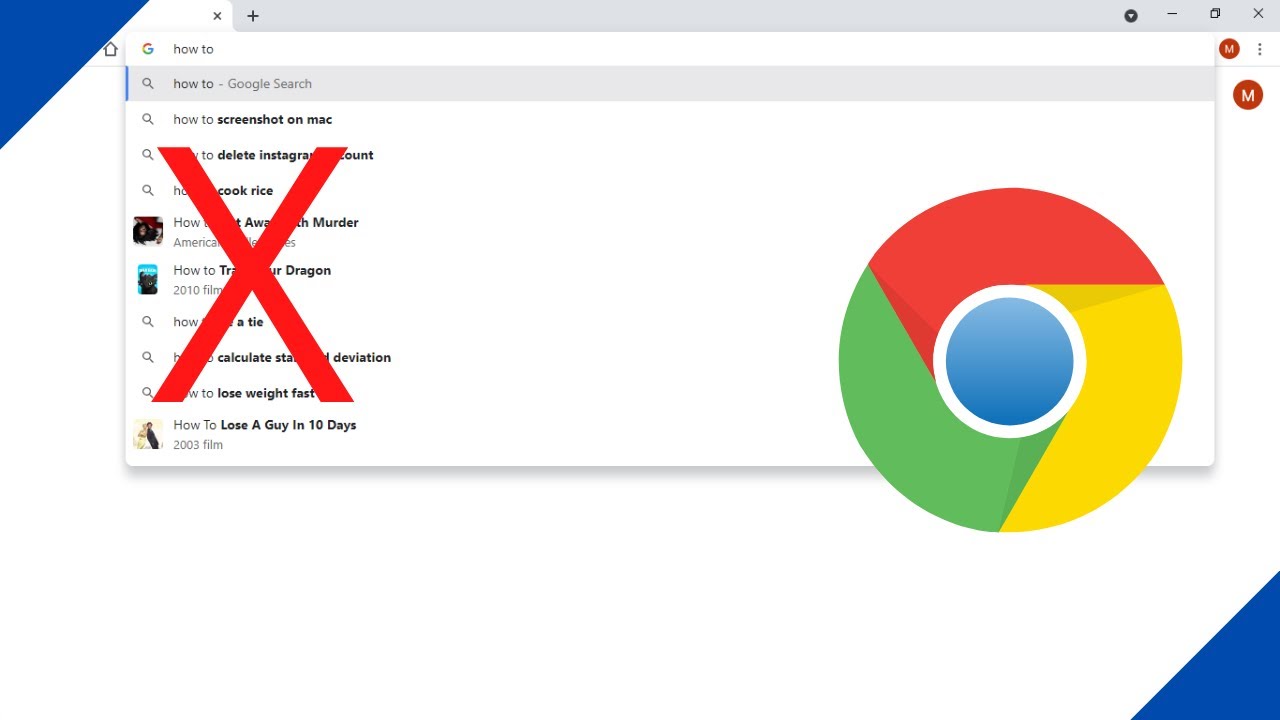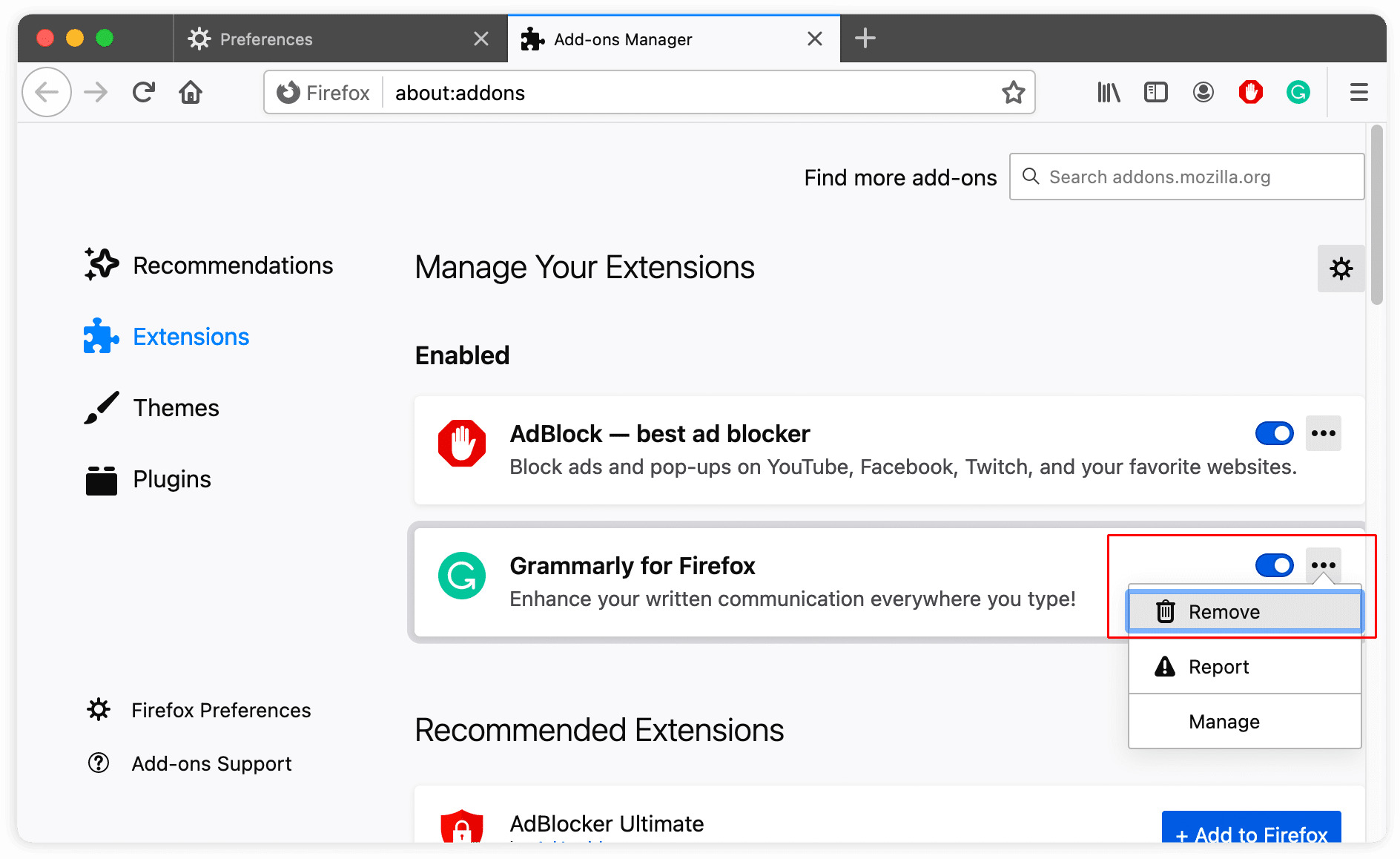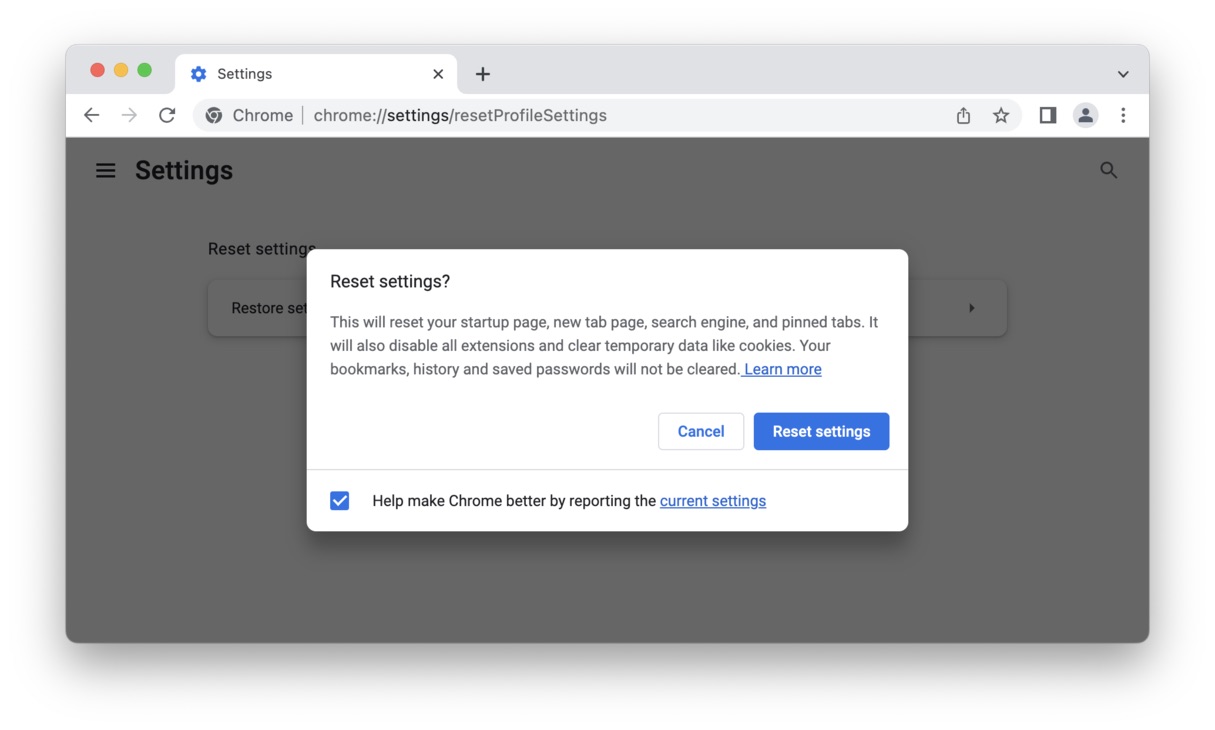Introduction
Google Chrome is one of the most popular web browsers in the world, known for its speed, simplicity, and user-friendly interface. As you type a search query into the address bar, Chrome provides real-time suggestions based on popular searches and your browsing history. While this feature can be incredibly helpful, some users may prefer to disable search suggestions for privacy reasons or to streamline their browsing experience.
In this article, we will explore how to disable search suggestions in Google Chrome and clear your search suggestions history. Additionally, we will discuss the benefits of using Chrome's Incognito mode for private browsing, which automatically disables search suggestions and prevents your browsing history from being saved.
Whether you're looking to enhance your privacy, reduce distractions, or simply customize your browsing experience, understanding how to manage search suggestions in Google Chrome can be incredibly valuable. By following the steps outlined in this article, you can take control of your browsing experience and tailor it to your specific preferences. Let's dive in and explore the various methods for managing search suggestions in Google Chrome.
Disabling Search Suggestions in Google Chrome
Google Chrome's search suggestions feature can be convenient for many users, providing real-time recommendations as you type in the address bar. However, if you prefer a more streamlined browsing experience or have privacy concerns, you may want to disable this feature. Fortunately, Google Chrome offers a straightforward way to turn off search suggestions. Here's how to do it:
-
Accessing Chrome Settings:
- To begin, open Google Chrome on your computer.
- Click on the three-dot menu icon in the top-right corner of the browser window.
- From the dropdown menu, select "Settings" to access the browser's configuration options.
-
Navigating to Search Engine Settings:
- Within the Settings menu, scroll down and click on "Search engine" in the left-hand sidebar. This will open the search engine settings for Chrome.
-
Disabling Search Suggestions:
- Under the "Search engine used in the address bar" section, you will find the option to manage search engines.
- Locate the search engine that is currently set as the default and click on the "Manage search engines" button next to it.
-
Adjusting Search Engine Preferences:
- A new window will appear, displaying a list of search engines and their associated settings.
- Look for the search engine that is labeled as "Default" and click on the three-dot menu icon next to it.
- From the dropdown menu, select "Edit" to modify the search engine's settings.
-
Disabling Autocomplete Suggestions:
- Within the editing interface, you will see a field labeled "Keyword." Clear the text in this field to remove the keyword associated with the search engine.
- Next, locate the "URL with %s in place of query" field and remove the URL, leaving it blank.
- Click "Save" to apply the changes.
By following these steps, you can effectively disable search suggestions in Google Chrome, customizing your browsing experience to align with your preferences. Whether you seek a more private browsing experience or simply wish to reduce distractions, this method allows you to take control of your search engine settings and tailor them to your needs.
Clearing Search Suggestions History
Over time, Google Chrome accumulates a history of your search suggestions, reflecting your browsing habits and frequently accessed websites. While this feature can be convenient, you may find it necessary to clear your search suggestions history for privacy reasons or to declutter your browsing experience. Fortunately, Chrome provides a simple method to accomplish this. By clearing your search suggestions history, you can ensure that your browsing habits remain private and that your search suggestions are based on your current preferences.
To clear your search suggestions history in Google Chrome, follow these steps:
-
Accessing Chrome Settings:
- Open Google Chrome on your computer.
- Click on the three-dot menu icon in the top-right corner of the browser window.
- From the dropdown menu, select "Settings" to access the browser's configuration options.
-
Navigating to Privacy and Security Settings:
- Within the Settings menu, locate and click on "Privacy and security" in the left-hand sidebar. This will open the privacy and security settings for Chrome.
-
Clearing Browsing Data:
- Under the "Privacy and security" section, click on "Clear browsing data." This will open a window where you can select the types of data to clear.
-
Selecting Search Suggestions History:
- Within the "Clear browsing data" window, ensure that the "Browsing history" option is selected.
- Uncheck any other types of data that you do not wish to clear at this time.
-
Choosing Time Range and Clearing Data:
- Next, choose the time range for which you want to clear your browsing history. You can select options such as "Last hour," "Last 24 hours," "Last 7 days," or "All time."
- Once you've chosen the time range, click on the "Clear data" button to remove your search suggestions history.
By following these steps, you can effectively clear your search suggestions history in Google Chrome, ensuring that your browsing habits remain private and that your search suggestions are based on your current preferences. Whether you're looking to maintain privacy or simply want to start with a clean slate, this method allows you to manage your browsing data with ease.
Clearing your search suggestions history can be a proactive step in maintaining your privacy and ensuring that your browsing experience aligns with your current preferences. By periodically clearing this data, you can enjoy a more personalized and private browsing experience in Google Chrome.
Using Incognito Mode for Private Browsing
When it comes to private browsing, Google Chrome's Incognito mode offers a valuable solution for users seeking enhanced privacy and anonymity. By utilizing this feature, you can browse the web without leaving a trace of your online activity on your device. Whether you're accessing sensitive information, conducting research, or simply prefer not to have your browsing history recorded, Incognito mode provides a secure and discreet environment for your online activities.
To initiate Incognito mode in Google Chrome, follow these simple steps:
-
Opening a New Incognito Window:
- Launch Google Chrome on your computer or mobile device.
- Click on the three-dot menu icon in the top-right corner of the browser window.
- From the dropdown menu, select "New incognito window" to open a new browsing session in Incognito mode.
-
Navigating in Incognito Mode:
- Once you've entered Incognito mode, you'll notice a dark browser window with a prominent indicator stating "You've gone incognito."
- Any tabs opened within this Incognito window will operate independently from your regular browsing session, ensuring that your browsing history, cookies, and site data are not saved.
-
Benefits of Incognito Mode:
- Incognito mode prevents Chrome from saving your browsing history, cookies, and site data, providing a level of privacy and anonymity.
- Any downloads and bookmarks created during an Incognito session will be saved and accessible after exiting Incognito mode.
- Extensions that you have installed in Chrome will remain active in Incognito mode, allowing you to customize your browsing experience while maintaining privacy.
-
Exiting Incognito Mode:
- To exit Incognito mode, simply close the Incognito window. Any browsing history, cookies, and site data generated during the Incognito session will be automatically deleted upon closing the window.
By leveraging Incognito mode, you can enjoy a private browsing experience without compromising the functionality and convenience of Google Chrome. Whether you're conducting sensitive research, accessing personal accounts on shared devices, or simply seeking a temporary private browsing environment, Incognito mode offers a seamless and secure solution.
In summary, Google Chrome's Incognito mode serves as a valuable tool for users who prioritize privacy and wish to maintain discretion while browsing the web. By understanding how to utilize and benefit from Incognito mode, you can confidently navigate the online landscape with enhanced privacy and peace of mind.

























